Gap Shares Plunge Following Tariff Warning Despite Brand Sales Outperformance
Shares of Gap Inc. $GPS experienced their sharpest intraday decline since the onset of the April tariff escalation announcement by President Donald Trump, falling 21% by late morning on Friday. This drop entirely erased the retailer’s year-to-date stock gains, underscoring the acute sensitivity of the apparel sector to escalating trade barriers.
Strong Brand Performance Overshadowed by Tariff Risks
Despite Gap’s core brands posting sales figures that beat market forecasts, the positive momentum was eclipsed by management’s warning regarding increased import duties. The company projected potential incremental costs ranging from $250 million to $300 million amid current tariffs of 30% on most goods from China and 10% from other supplier countries. This anticipated headwind is positioned to offset recent operating successes across the group’s banners, including Old Navy and Banana Republic.
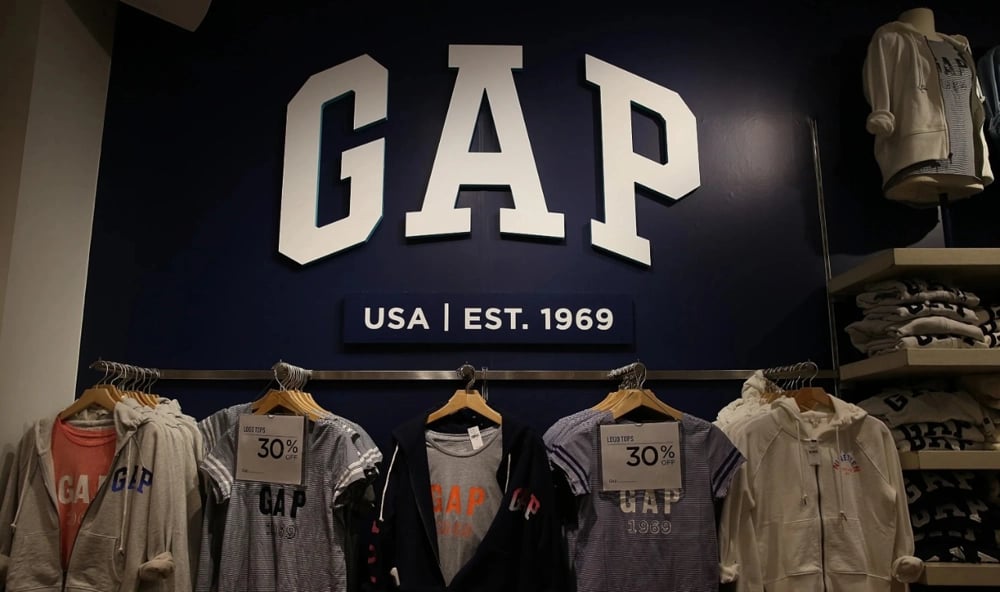
Impact on Gap’s Financial Outlook
Gap’s disclosure signaled that even robust consumer demand may not be sufficient to counteract the adverse impact of higher merchandise costs. The prospect of elevated tariffs threatened to weigh heavily on gross margin, with company leadership estimating total exposure and detailing efforts to curtail the financial effect wherever possible. While management stated strategic initiatives to mitigate more than half of these potential expenses, the negative sentiment prevailed across equity markets.
Key Elements Driving Recent Volatility
Steep projected increase in input costs due to heavier tariffs on Chinese and non-Chinese imports;
Market concern over the limited ability of top-line growth to absorb external macroeconomic pressures;
Uncertainty around the effectiveness of supply chain adjustments and cost-control tactics;
Fading investor confidence despite above-consensus sales performance;
Heightened sector-wide apprehension about prolonged global trade friction.
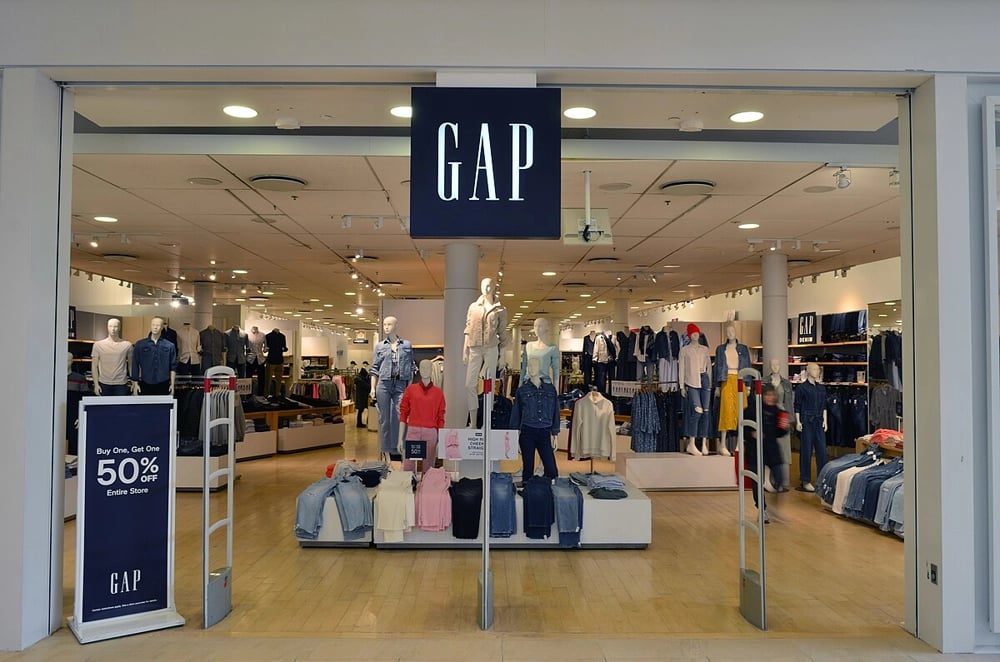
Mitigation Strategies and the Road Ahead
According to Gap’s recent statement, internal programs are in place to reduce the anticipated tariff burden by redirecting sourcing, renegotiating supplier contracts, and optimizing product mix. These efficiencies are expected to neutralize more than half of the estimated expenses, though the remaining exposure may still compress earnings in the near term.
Outlook for the Apparel Retail Space
The abrupt sell-off in GPS underscores how international trade policy continues to act as a central pivot for apparel equities. Sustained uncertainty regarding tariff trajectories adds complexity to forecasting profitability and mandates ongoing strategic agility for global retailers. Tracking Gap’s execution of mitigation plans and evolving trade dynamics will be crucial in assessing the broader sector’s resilience.




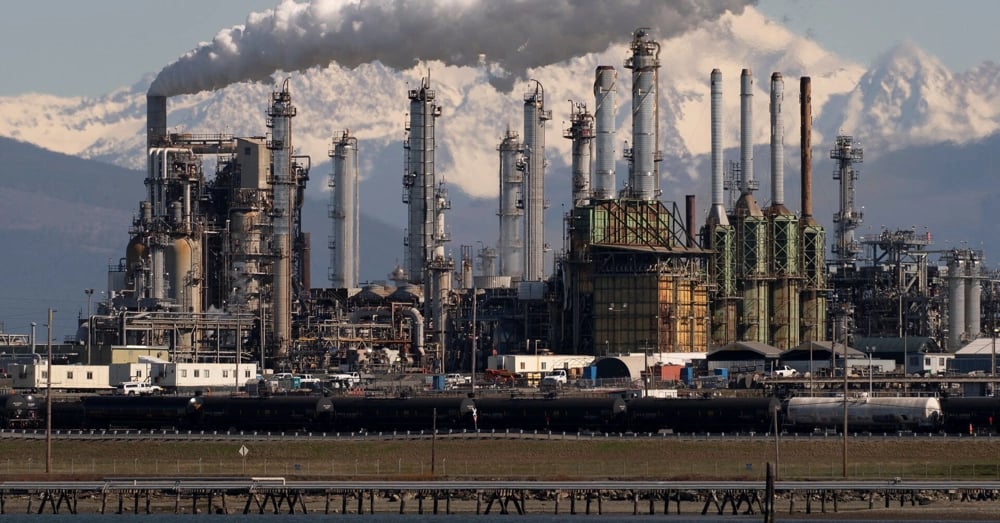

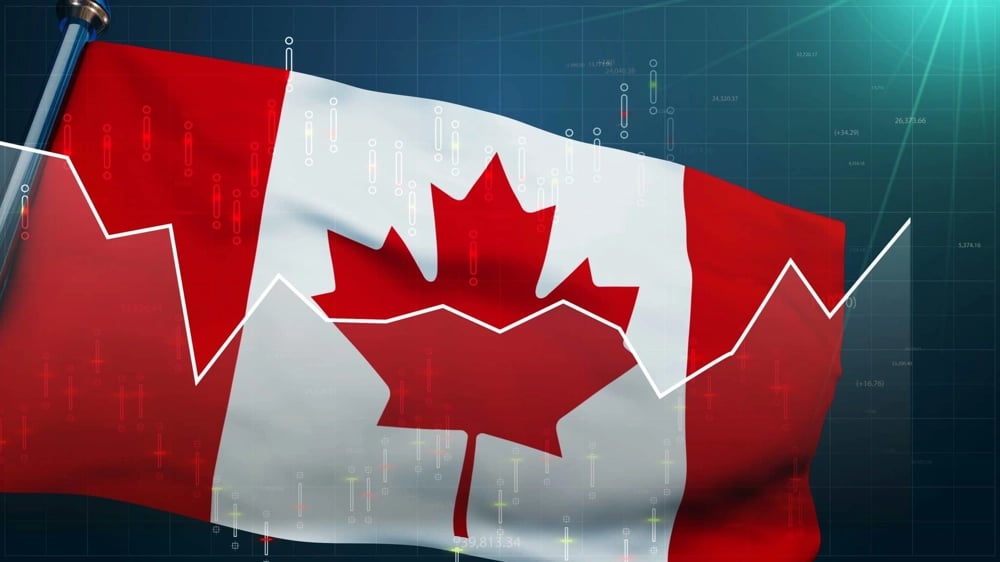


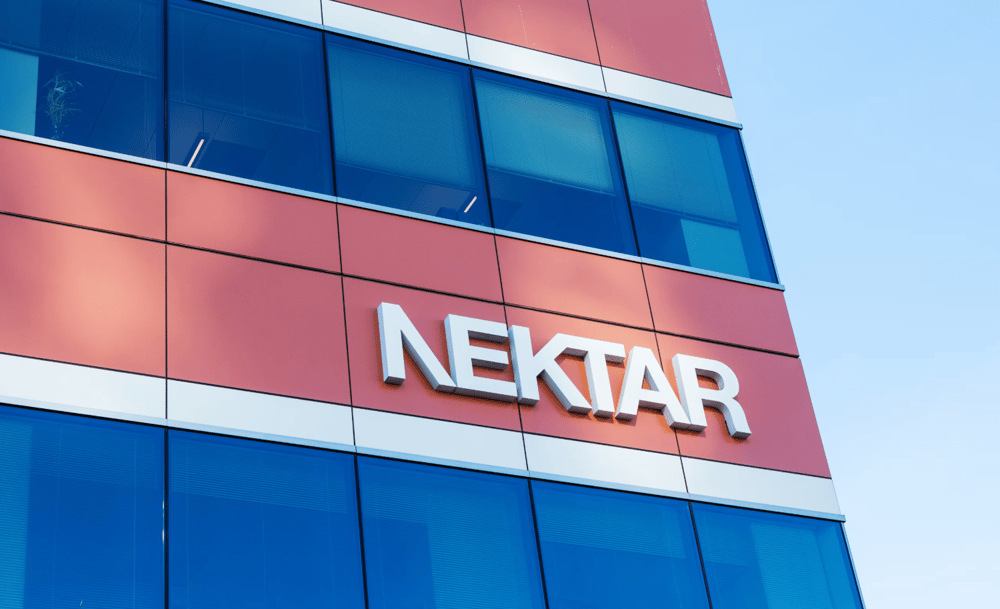
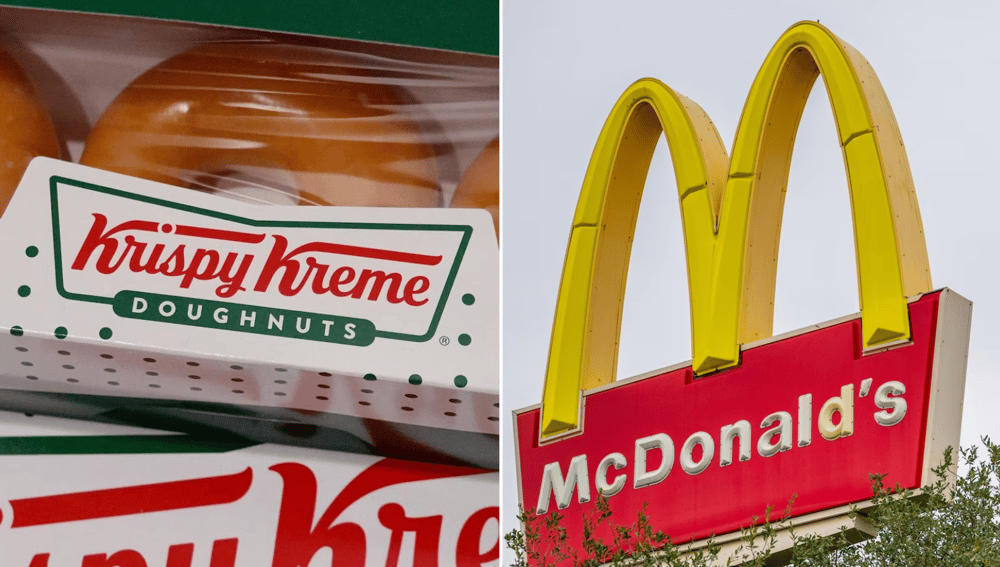
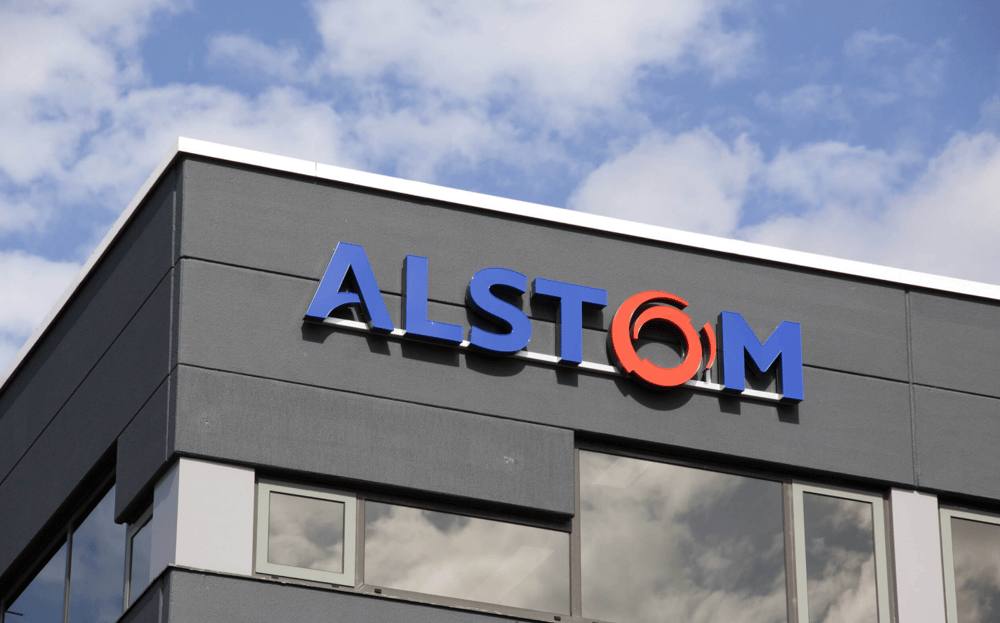
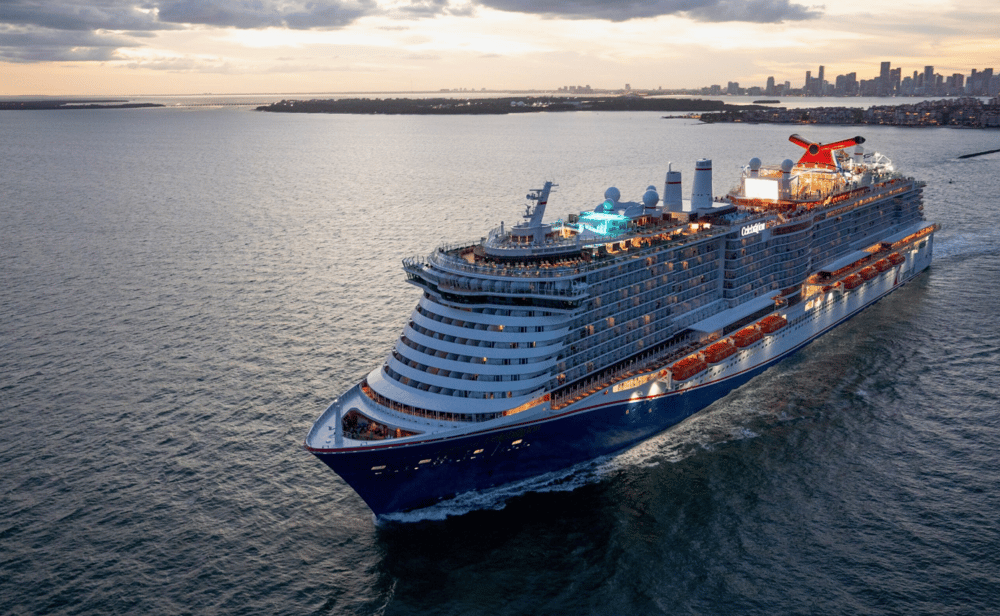


Comments
Gap's drastic 21% drop underscores how vulnerable iconic retailers can be when trade tensions hit.
Didn't see this coming—trade tensions seem to have left Gap's stock scrambling in the wake of policy shifts.